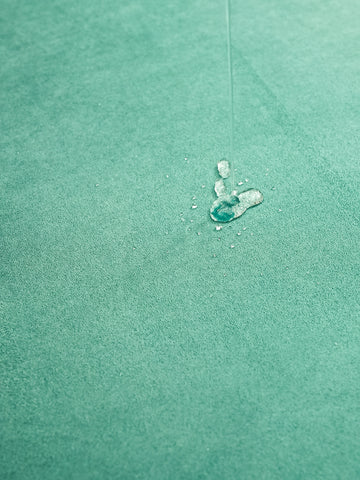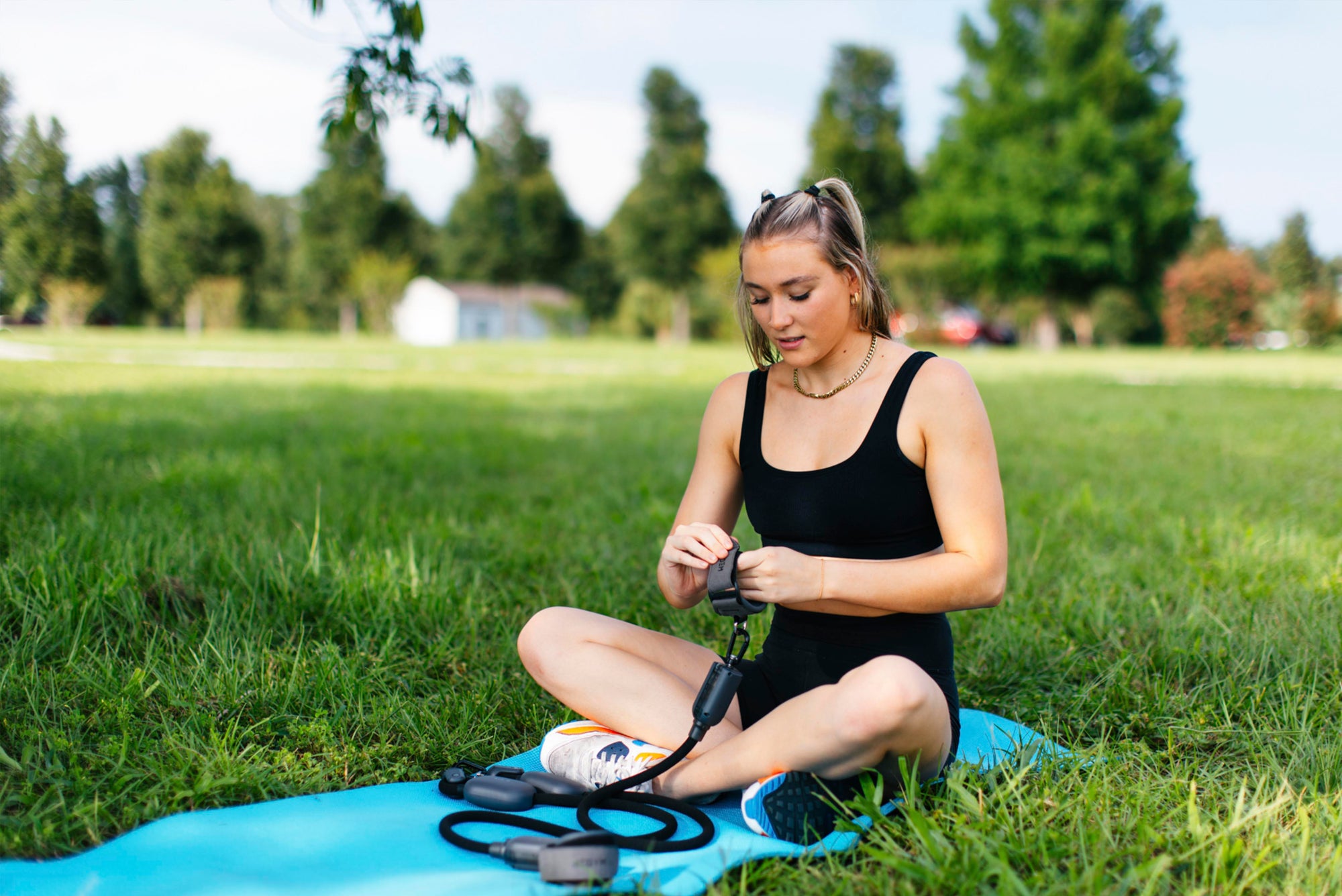Navigation
- The Complete Guide to Yoga Mats: Types
- Tips for Cleaning and Maintaining Your Yoga Mat
- How to Care for Your Yoga Mat?
Yoga mats are a must-have for everyone who does yoga practice. It is pretty handy because it provides support, cushioning, and grip so we can practice without worrying about discomfort or losing our grip. Yoga mats come in various textures, materials, and sizes to cater to different styles and preferences. In this article, we will walk you through all the details you need to know. Let's start now!

The Complete Guide to Yoga Mats: Types
Non-slip yoga mats are the most popular type because they're meant to provide a stable surface to practice on. They come in various textures, such as suede and rubber, and are straightforward to clean with a damp cloth and mild soap. Mat Texture: Texture is a vital factor in choosing a yoga mat. Smooth textures allow for more natural movement, while rough textures grip better.
Choosing a comfortable and supportive texture is crucial when selecting a yoga mat. Suede mats are a great option since they provide a soft, cozy feel and reliable grip and traction. They come in various colors and patterns, making them a stylish choice. It's important to note, however, that suede mats require special care. Exposure to sunlight or high temperatures can cause discoloration or damage. Rubber yoga mats are eco-friendly, hard-wearing, and effortless to clean.
They offer fantastic grip, even in hot and sweaty conditions, and provide excellent support for your practice. They are made from natural or synthetic rubber, and some options are biodegradable.
Natural rubber yoga mats are the most environmentally friendly option, made from sustainable materials and providing superior cushioning and grip. They offer excellent traction and are incredibly versatile. However, they require specialized care, such as avoiding extreme temperatures or direct sunlight. The Importance of Keeping Your Yoga Mat Clean: Keeping your yoga mat clean is crucial for hygiene reasons and to prolong its lifespan. Regular cleaning prevents the buildup of bacteria, sweat, and dirt that can cause unpleasant odors and slippery your mat. Plus, a clean mat looks and feels better, enhancing your practice.

Tips for Cleaning and Maintaining Your Yoga Mat
- Always read the care instructions that accompany your yoga mat.
- To clean your yoga mat, don't use any mean and nasty chemicals! Don't use gnarly, harsh cleaners. Opt for a mellow cleaner that won't make you hack up a lung or destroy the planet. You could even brew your own DIY cleaning spray with white vinegar and water.
- Avoid using aggressive cleaning tools or sprays that could destroy your mat's groovy texture.
- Wipe your mat with a damp cloth - wicked easy, right?
- Always let your mat air dry completely before rolling it and putting it away.
- If you keep your mat in a dark, damp place, your mat is in trouble - think mold and stinky smells! So, always set your mat in a dry and cool place.
- Regularly replacing your mat ensures that you have a clean and supportive surface to practice on. Get yourself a new one before your mat falls apart.
How to Care for Your Yoga Mat?
Taking your Yoga practice outside can be transcendent, but it can also be tough on your yoga mat. Here are some tips for caring for your mat when practicing yoga in the great outdoors.
Choose the Right Location When practicing yoga outside, your location significantly affects how well your yoga mat holds up. When practicing yoga outdoors, it is crucial to locate a flat and stable surface devoid of debris, rocks, and twigs that can ruin the texture of your mat.
Prioritize avoiding rough or sharp surfaces that may lead to wear and tear on the mat. Hygiene is also paramount when practicing yoga outside, so cleaning your mat frequently is even more critical. Following each use, use a damp cloth to swiftly wipe away accumulated dirt, sweat, and bacteria from your mat's surface.
Clean Your Yoga Mat. If possible, avoid rolling up a wet yoga mat, leading to mold growth and unpleasant smells. Avoid Prolonged Sun ExposureDirect sunlight can fade and damage the materials of your yoga mat, so try to avoid placing it in the sun for extended periods. If you have to do yoga in the sun, get a light-colored mat that reflects a whole bunch of sun rays.
And maybe bring an umbrella or find some shade to avoid your mat getting roasted. A towel on your mat can help it stay clean and shield it from any nature gunk or scratchy surfaces.
When you're practicing outside, it's essential to be aware of your impact on the environment. Don't use harsh chems that might mess up animals or plants - opt for natural cleaning solutions like soap, vinegar, and water. Taking care of your mat while practicing outside will last through many sessions, both at home and in nature.




